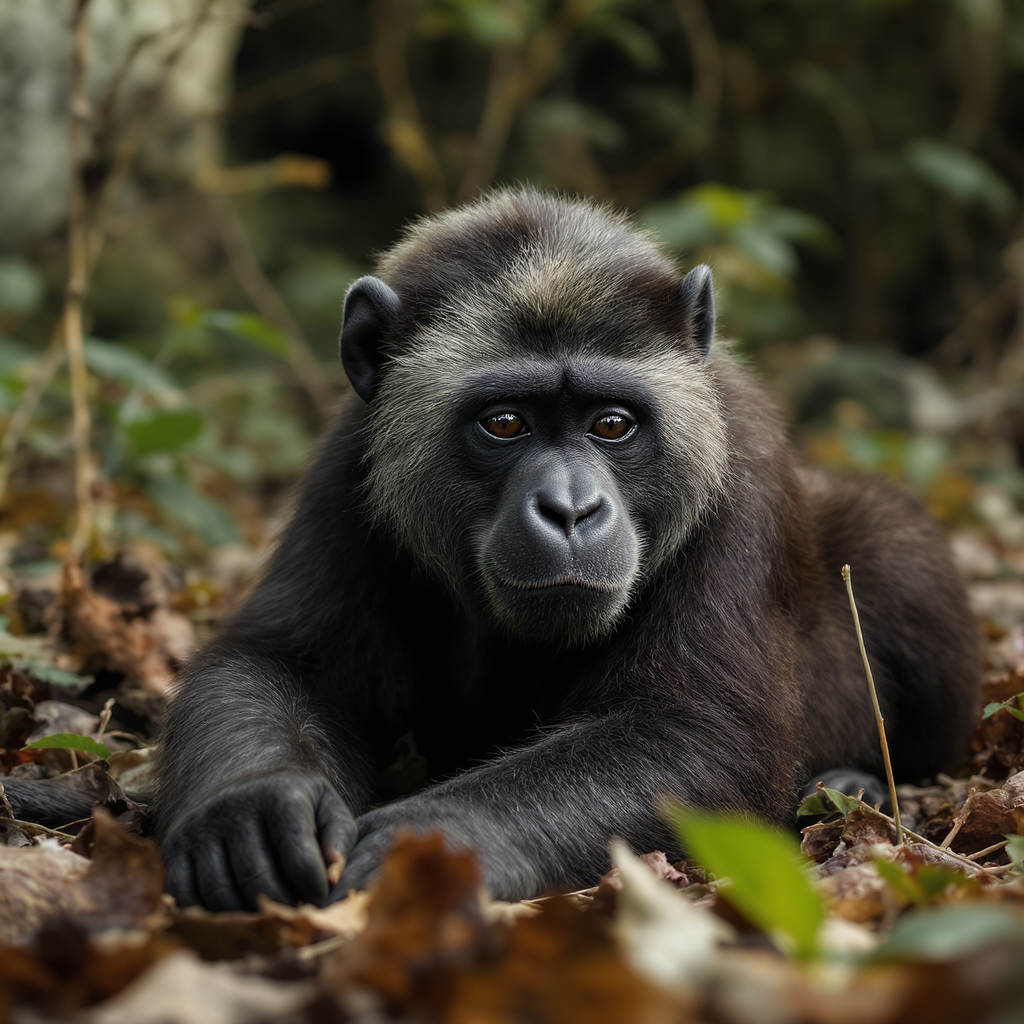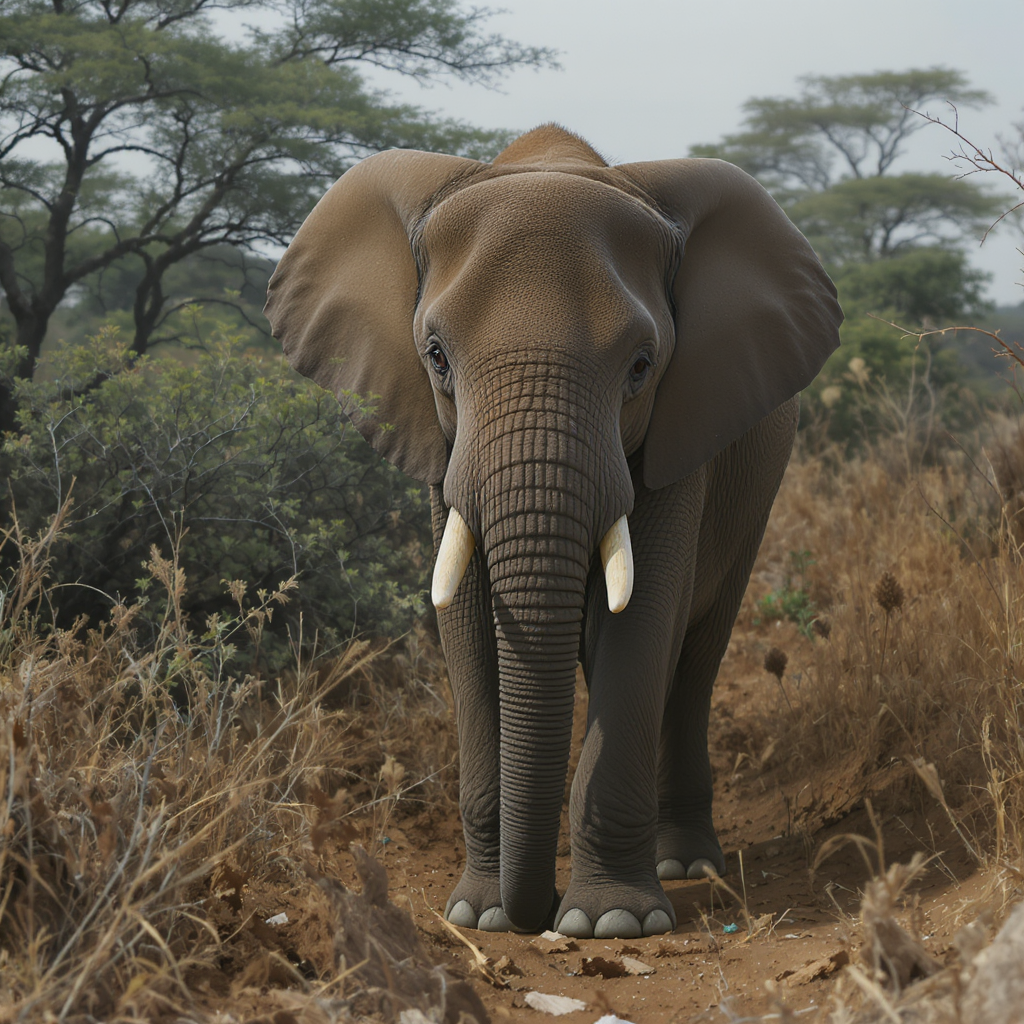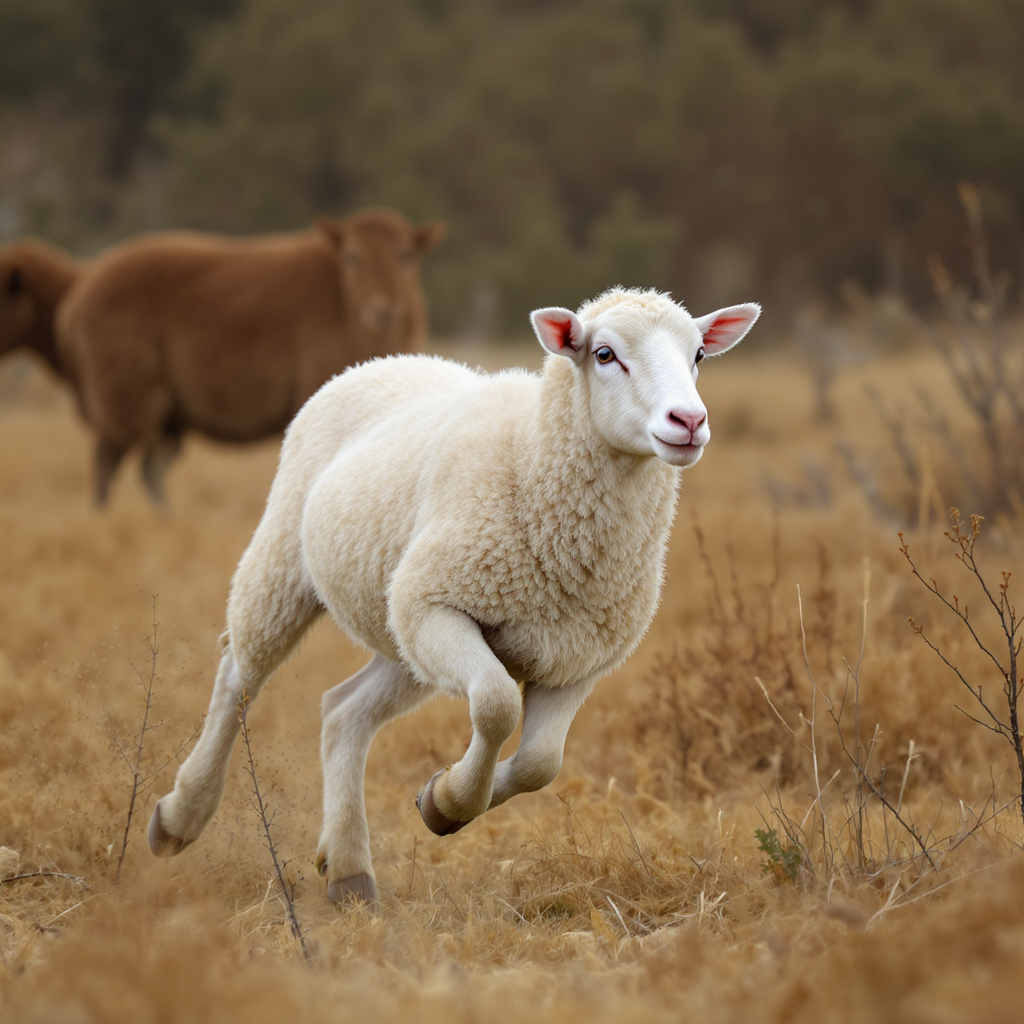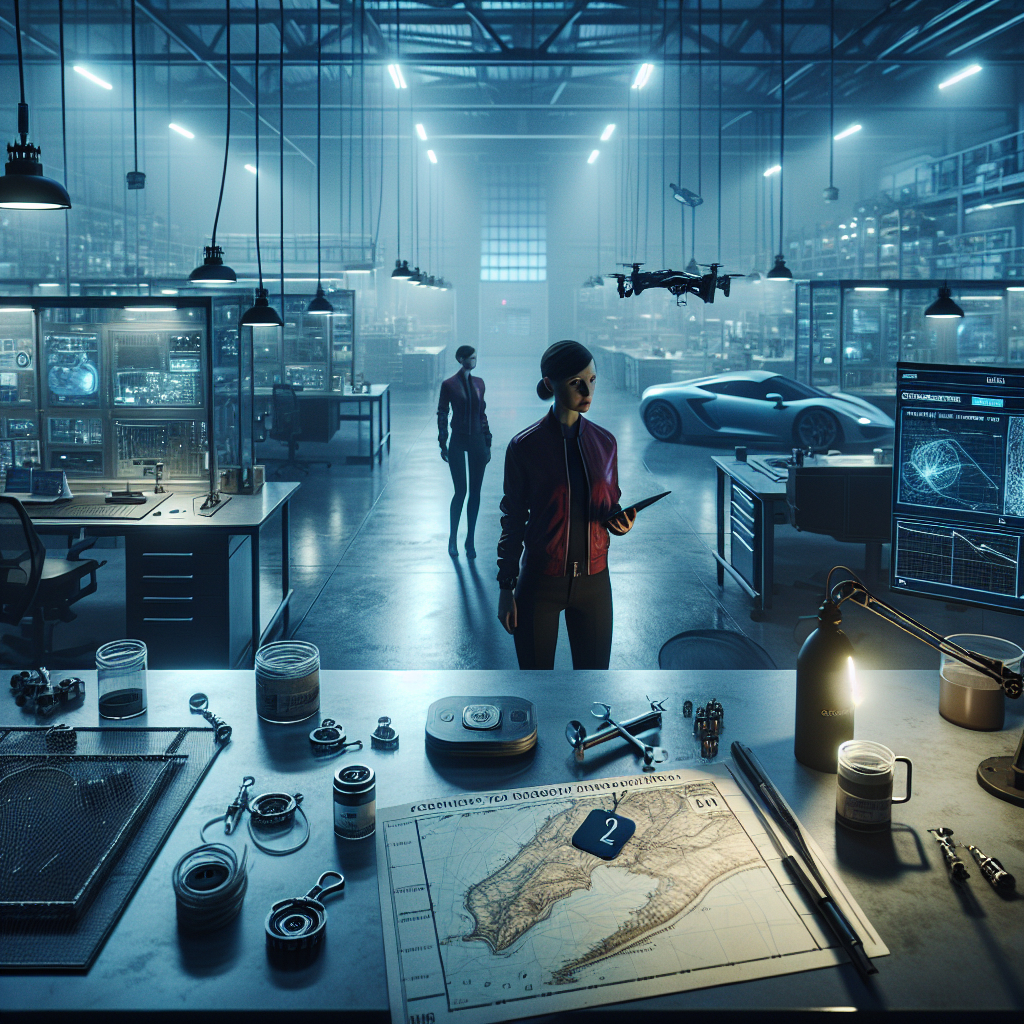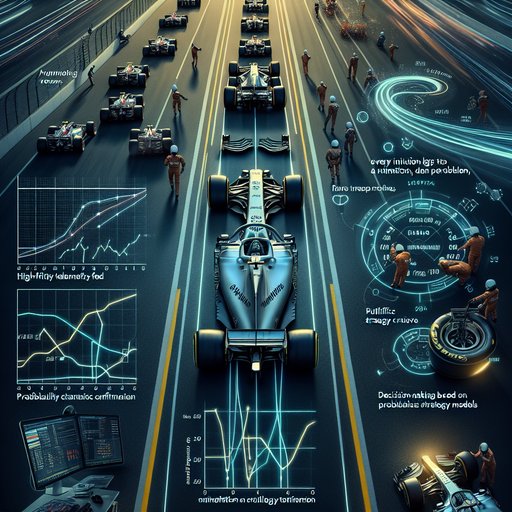
Formula 1’s transformation from intuition-led pit walls to analytics-driven decision centers is one of modern sport’s defining shifts. Live telemetry, high-fidelity tire monitoring, and probabilistic strategy models have turned every lap into a rolling optimization problem, where milliseconds and megabytes carry equal weight. The result is not just better-informed choices, but a new rhythm to races themselves—stint lengths flex to real-time degradation curves, pit windows open and close with traffic forecasts, and rain calls hinge on model confidence rather than gut feel. This evolution did not happen overnight; it grew from early data loggers into a tightly integrated ecosystem of sensors, software, and specialists that now shapes almost every move on track.
Strategy in Formula 1 has always been a contest of information, but the volume, speed, and resolution of that information have changed the sport’s cadence. Where once lap charts and driver feedback set pit plans, teams now treat races as stochastic control problems, updating probabilities with every sector time and tire delta. This matters because margins between victory and defeat frequently compress to a handful of seconds over two hours, and data allows those seconds to be found with repeatable methods. The shift has elevated strategy to a core performance differentiator, woven into car design, operations, and driver coaching.
Telemetry’s foundations in F1 trace to the late 1980s and early 1990s, when data loggers and radio links began streaming key parameters to the pits. Teams like Williams and McLaren paired telemetry with electronic systems to understand ride, power delivery, and reliability, laying the groundwork for data-informed calls. Two-way telemetry was prohibited in the early 2000s, but one-way car-to-pit transmission remained, accelerating the analysis loop without directly controlling the car. The introduction of a standardized electronic control unit from 2008 unified data formats, and the hybrid era from 2014 multiplied the quantity and importance of live signals.
Today’s cars carry hundreds of sensors measuring pressures, temperatures, accelerations, wheel speeds, suspension travel, and power unit states across thousands of data channels. Limited wireless bandwidth forces teams to prioritize live telemetry while buffering high-frequency streams for pit-stop or post-session downloads. Trackside engineers and factory “mission control” rooms ingest this flow alongside timing, GPS, weather radar, and video, synchronizing it to a common clock so models can act on consistent inputs. The human-machine loop is explicit: strategists ask targeted questions, software returns probabilities and deltas, and the pit wall decides within seconds.
Tire understanding is the pivot around which most race strategy turns, and telemetry is the lens that brings it into focus. Infrared cameras and temperature sensors expose how quickly compounds warm, how evenly heat spreads across the tread, and when surface graining or blistering thresholds approach. Pressure and carcass temperature trends, combined with slip and longitudinal load data, yield live degradation estimates that convert into pace loss per lap. That information governs undercut windows, dictates how hard a driver can push on an out-lap, and flags when an intended one-stop must become a two-stop long before lap times visibly fall away.
Predictive modeling transforms those measurements into decisions with quantified risk. Pre-race simulators run millions of path scenarios to map baseline strategies, but the decisive edge comes from in-race Bayesian updates that ingest fresh degradation rates, fuel effects, and traffic. Undercut and overcut calculations fold in pit-lane loss, tire warm-up characteristics, and the likelihood of encountering slower cars on rejoin. Safety Car and Virtual Safety Car probabilities are baked into decision trees, turning a neutral stint into an opportunity if a high-odds neutralization approaches the pit window.
The result is not guesswork but a live forecast that narrows and widens as certainty changes. Races in the hybrid era showcase how data-led methods convert into outcomes. At the 2019 Hungarian Grand Prix, Mercedes pivoted Lewis Hamilton to a late second stop after models projected a closing delta to Max Verstappen; the pass arrived with laps to spare, validating the degradation forecast. Red Bull’s double-stack under Safety Car in China 2018 leveraged pre-computed pit-loss and tire offset to unleash late-race pace on fresh rubber.
In France 2021, Verstappen’s two-stop beat Hamilton’s one-stop by exploiting undercut value and degradation profiles quantified in real time. And in Russia 2021, the call for intermediates as rain intensified split the field; teams that trusted evolving radar and model confidence intervals, notably Mercedes, gained decisively over those that stayed out. Big data changed not only what calls are made but how teams organize to make them. Remote operations rooms mirror the pit wall with deeper compute and broader specialist coverage, feeding synthesized insight back through a single strategic voice.
Drivers now receive concise, model-backed instructions—pace targets, lift-and-coast requests, and overtake set-up windows—tempered by the driver’s own tire feel and track sense. Broadcast graphics that predict pit strategy and tire life, powered by championship-wide data partnerships, reflect the same methods fans cannot see on the timing stand. Under the cost cap, teams sharpened priorities, automating routine analytics while reserving human bandwidth for ambiguous, high-impact choices. Constraints make this ecosystem robust rather than omniscient.
Telemetry bandwidth is finite, so teams build resilient heuristics that work even with partial data and validate them against historical baselines. Regulations forbid direct car control from the pits, and park ferme rules limit pre-race setup flexibility, so strategy must adapt to imperfect compromises rather than tailor the car to the model. Weather uncertainty, backmarker behavior, and Safety Car variance ensure probabilistic calls can still miss, which is why teams continuously calibrate models and stress-test plans. The net effect is not error-free racing but a higher floor of decision quality across the grid.
The upshot is a sport where craft and computation reinforce each other. Tire telemetry and predictive models have compressed the time between signal and action, allowing teams to convert faint hints—two degrees of tread delta, three seconds of pit-window overlap—into decisive moves. What began as a competitive advantage has become table stakes, pushing gains to the edges of data fusion, human judgment, and operational discipline. As sensors standardize and analytics mature, the frontier shifts to clarity and execution: saying less over the radio, acting sooner on smaller certainties, and trusting the model only to the extent the driver trusts the car beneath them.




